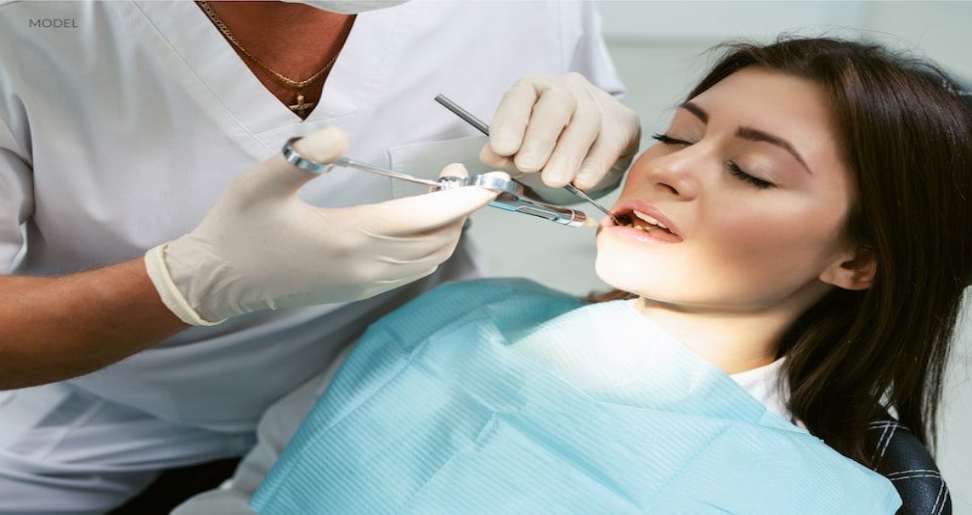In the realm of modern dentistry, patient comfort and relaxation during procedures are paramount concerns. This is where sedation dentistry plays a crucial role, especially in the practice of orthodontics. Orthodontists, specializing in correcting teeth and jaw alignment, utilize sedation techniques to ensure a stress-free experience for their patients, ultimately enhancing the overall treatment outcomes and patient satisfaction.
Understanding Sedation Dentistry
Sedation dentistry involves the medication use for helping the patients to be relaxed during full dental procedures. It is particularly beneficial for all the individuals with dental anxiety, fear of needles, then sensitive gag reflexes, or many more who undergoing extensive treatments that may require prolonged periods in the dental chair. Orthodontists, who often perform intricate procedures such as braces adjustments, aligner fittings, and corrective jaw surgeries, find sedation dentistry indispensable in managing patient comfort and compliance.
Types of Sedation Used in Orthodontics
- Nitrous Oxide (Laughing Gas): This is one of the mildest forms of sedation, administered through inhalation. Nitrous oxide induces a relaxed and euphoric state while allowing patients to remain conscious and responsive throughout the procedure. Orthodontists often use nitrous oxide during routine adjustments or minor orthodontic procedures to alleviate anxiety and discomfort.
- Oral Sedatives: Prescription medications such as benzodiazepines can be administered orally to induce a deeper state of relaxation. Orthodontists may prescribe these medications prior to the appointment to help anxious patients feel calmer during more invasive procedures like surgical orthodontics or complex adjustments.
- Intravenous (IV) Sedation: In cases where deeper sedation is necessary, orthodontist may work with an anesthesiologist to administer IV sedatives. This form of sedation allows for precise control over the level of sedation and is typically reserved for extensive orthodontic surgeries or treatments requiring prolonged chair time.
The Role of Sedation in Orthodontic Practice
Orthodontists prioritize patient comfort not only to enhance the treatment experience but also to optimize treatment outcomes. When patients are relaxed and cooperative, orthodontic procedures can be performed with greater precision, ensuring that braces adjustments are made accurately and aligners fit snugly. Sedation dentistry helps orthodontists manage complex cases more effectively by minimizing patient discomfort and facilitating better treatment adherence.
Benefits of Sedation Dentistry in Orthodontics
- Reduced Anxiety and Fear: Many patients experience significant anxiety when facing orthodontic treatments. Sedation dentistry helps alleviate this fear, making it easier for patients to undergo necessary procedures without stress.
- Improved Treatment Efficiency: By keeping patients calm and relaxed, orthodontists can perform procedures more efficiently, reducing the likelihood of interruptions due to patient discomfort or anxiety.
- Enhanced Patient Experience: A comfortable and positive treatment experience encourages patient compliance and reduces the likelihood of treatment delays or complications.
Considerations for Orthodontists and Patients
While Sedation Dentistry Treatment offers numerous benefits, it is essential for orthodontists to evaluate each patient’s medical history, current health status, and level of anxiety before recommending sedative options. Patient safety is paramount, and orthodontists must follow strict protocols for administering sedation to ensure optimal outcomes.
For patients considering orthodontic treatment, discussing sedation options with their orthodontist can provide reassurance and help tailor the treatment plan to their comfort level and specific needs. Orthodontists are trained to address patient concerns and customize sedation strategies accordingly, ensuring a safe and effective treatment experience.
Conclusion
In conclusion, sedation dentistry plays a vital role in modern orthodontic practice, allowing orthodontists to prioritize patient comfort and optimize treatment outcomes. By utilizing various sedative techniques such as nitrous oxide, oral sedatives, and IV sedation, orthodontists can create a relaxed and stress-free environment for patients undergoing braces, aligner therapies, or surgical orthodontic procedures. Through careful consideration of patient needs and safety protocols, orthodontists ensure that every patient receives the highest quality of care with minimal anxiety and maximum comfort.
Additional:


